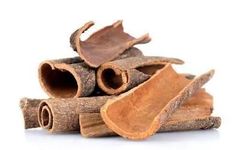|
Cinnamon (肉桂, Rougui) has effects on strengthening the spleen and warming the stomach. Additionally, it has the ability to dispel wind and cold, and it is beneficial for women in regulating menstrual blood. For men experiencing impotence, cinnamon can also be used for adjustment, as it has warming kidney and yang-enhancing effects. Furthermore, cinnamon possesses certain properties for dispelling cold and alleviating pain. |
Doctors say: The effects of cinnamon include supplementing fire and assisting yang, dispelling cold and alleviating pain, and warming and unblocking meridians. Clinical applications: 1. Cinnamon is a spicy and warm substance that can supplement the fire of the life gate, guiding fire back to the source, thus benefiting yang and dispelling yin. Therefore, it has the function of supplementing fire and assisting yang; 2. Cinnamon can warm and nourish yang qi, dispel deep cold and stubborn chill. For symptoms of cold evil invading internally, and yang deficiency with yin cold, it can be applied to treat cold pain in the abdomen, often used in conjunction with dried ginger (干姜, Ganjing) and galangal (高良姜, Gaoliangjiang) to achieve the effect of warming the center, dispelling cold, and alleviating pain; 3. Cinnamon tends to circulate in the blood aspect, having the effect of warming and unblocking meridians. It is used to treat cold and painful menstruation, often combined with dried ginger and cooked rehmannia (熟地黄, Shudihuang). Additionally, for chronic illness with deficiency, and insufficient qi and blood, a small amount of cinnamon combined with ginseng (人参, Renshen), white atractylodes (白术, Bai Zhu), angelica (当归, Danggui), and cooked rehmannia can warm yang, promote blood circulation, and enhance the effects of tonifying qi and nourishing blood.What are the effects of cinnamon in traditional Chinese medicine?1. Strengthening the spleen and warming the stomachDue to the current high-pressure lifestyle, many people have irregular meal patterns, often eating one large meal a day and frequently opting for takeout or unclean food, leading to gastrointestinal issues.Many people experience indigestion after meals, especially symptoms of stomach pain and bloating. In such cases, cinnamon can be used for adjustment, as it has certain effects on strengthening the stomach and aiding digestion.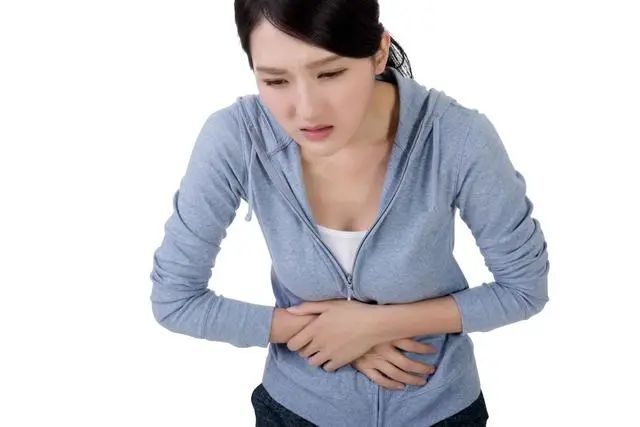 2. Dispelling wind and coldDuring the autumn and winter seasons, the weather can be quite cold, and one may easily catch a cold. To prevent this, cinnamon can be used to dispel wind and cold, especially after getting caught in the rain or wind, which can significantly reduce the likelihood of catching a cold.3. Regulating menstruation and bloodFor women, maintaining a good state of qi and blood is crucial. Many women experience issues with qi and blood, leading to infertility and menstrual irregularities. Using cinnamon can help regulate women’s menstrual blood issues, assisting women with infertility to adjust their physical condition, thus making menstrual cycles more regular and preventing some gynecological diseases.
2. Dispelling wind and coldDuring the autumn and winter seasons, the weather can be quite cold, and one may easily catch a cold. To prevent this, cinnamon can be used to dispel wind and cold, especially after getting caught in the rain or wind, which can significantly reduce the likelihood of catching a cold.3. Regulating menstruation and bloodFor women, maintaining a good state of qi and blood is crucial. Many women experience issues with qi and blood, leading to infertility and menstrual irregularities. Using cinnamon can help regulate women’s menstrual blood issues, assisting women with infertility to adjust their physical condition, thus making menstrual cycles more regular and preventing some gynecological diseases.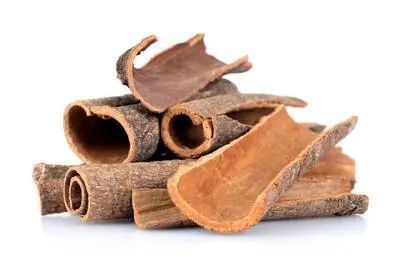 4. Warming the kidneys and enhancing yangMiddle-aged men are prone to impotence, which can be quite distressing. In such cases, men can appropriately consume cinnamon, as it can warm the kidneys and enhance yang, improving the condition of impotence. If the issue of impotence is not addressed in a timely manner, it can severely affect the relationship between couples.5. Dispelling cold and alleviating painMany middle-aged and elderly individuals experience rheumatic pain, especially during rainy weather when joint swelling and pain can become quite severe. In such cases, cinnamon can be used, as it has certain effects for dispelling cold and alleviating pain, especially beneficial during the autumn and winter seasons.
4. Warming the kidneys and enhancing yangMiddle-aged men are prone to impotence, which can be quite distressing. In such cases, men can appropriately consume cinnamon, as it can warm the kidneys and enhance yang, improving the condition of impotence. If the issue of impotence is not addressed in a timely manner, it can severely affect the relationship between couples.5. Dispelling cold and alleviating painMany middle-aged and elderly individuals experience rheumatic pain, especially during rainy weather when joint swelling and pain can become quite severe. In such cases, cinnamon can be used, as it has certain effects for dispelling cold and alleviating pain, especially beneficial during the autumn and winter seasons. Pharmacological KnowledgeChinese Herbal Name: Cinnamon (肉桂, Rougui)
Pharmacological KnowledgeChinese Herbal Name: Cinnamon (肉桂, Rougui)
Alias: Jun Gui, Da Gui, Tong Gui, La Gui, Yu Gui, Mu Gui, Zi Gui, Gui Pi, Gui.
English Name: Cinnamomi Cortex
Medicinal Part: The dried bark of the plant Cinnamomum cassia Presl, belonging to the Lauraceae family.
Plant Morphology: A tree with gray-brown bark; the bark of old trees is about 1.3 cm thick, and young branches often have four angles covered with brown hairs. Leaves are alternate or nearly opposite, leathery, oblong to nearly lanceolate, 8-20 cm long, 4-5.5 cm wide, green and hairless on the upper side, with a prominent depressed midrib and lateral veins, and sparse soft hairs on the underside, with three basal veins. The inflorescence is axillary or near the apex, 8-16 cm long, with small white flowers, six petals, and nine fertile stamens. The ovary is oval and hairless, with a long shape, and the stigma is small. The fruit is oval, 1 cm long, and 9 mm in diameter, black-purple in color. The flowering period is from June to July, and the fruiting period is from October to December.
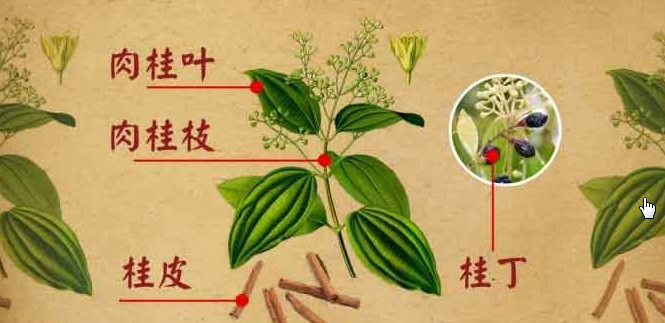
Distribution: Cultivated in sandy soil or mountainous areas, distributed in Yunnan, Guangxi, Guangdong, and Fujian.
Harvesting and Processing: Usually harvested in autumn, dried in the shade, impurities and rough bark are removed, and crushed for use.
Herb Characteristics: The product is tubular or rolled, 30-40 cm long, 3-10 cm wide or in diameter, and 0.2-0.8 cm thick. The outer surface is gray-brown, slightly rough, with irregular fine wrinkles and transverse raised pores, some of which may show gray-white spots; the inner surface is reddish-brown, slightly flat, with fine longitudinal lines, and shows oily marks when scratched. It is hard and brittle, easily broken, with an uneven fracture surface, the outer layer is brown and rough, while the inner layer is reddish-brown and oily, with a yellow-brown line between the two layers. It has a strong aroma and a sweet, spicy taste.Nature and Flavor: Extremely hot in nature, with a spicy and sweet flavor. It enters the kidney, spleen, heart, and liver meridians.Functions and Indications: Supplementing fire and assisting yang, guiding fire back to the source, dispelling cold and alleviating pain, warming and unblocking meridians. It belongs to warming interior medicines.Clinical Applications: For internal use: 1-4.5 grams, not suitable for long boiling; powdered form, 0.5-1.5 grams; or in pill form. For external use: appropriate amount, powdered and mixed for application; soaked in alcohol for topical use. Used for impotence, cold in the palace, cold pain in the waist and knees, kidney deficiency causing wheezing, floating yang, dizziness, red eyes, cold pain in the heart and abdomen, cold vomiting and diarrhea, cold hernia abdominal pain, painful menstruation and amenorrhea.Pharmacological Research: It has a mild stimulating effect on the gastrointestinal tract and can relieve smooth muscle spasms, showing strong anti-ulcer effects; it can antagonize platelet aggregation, improving cardiovascular function and regulating immune function; it has sedative, analgesic, antipyretic, and anticonvulsant effects on the central nervous system; it has preventive and protective effects on yang deficiency and yin deficiency models; it has certain anti-inflammatory effects; it has strong antifungal effects; it has anti-tumor properties; it significantly lowers serum triglycerides in mice and can extend the survival time of mice poisoned by sodium nitrite. The cinnamaldehyde contained in cinnamon has a significant sedative effect on mice, manifested by reduced spontaneous activity, counteracting excessive activity caused by methamphetamine, and prolonging the anesthesia time of sodium pentobarbital.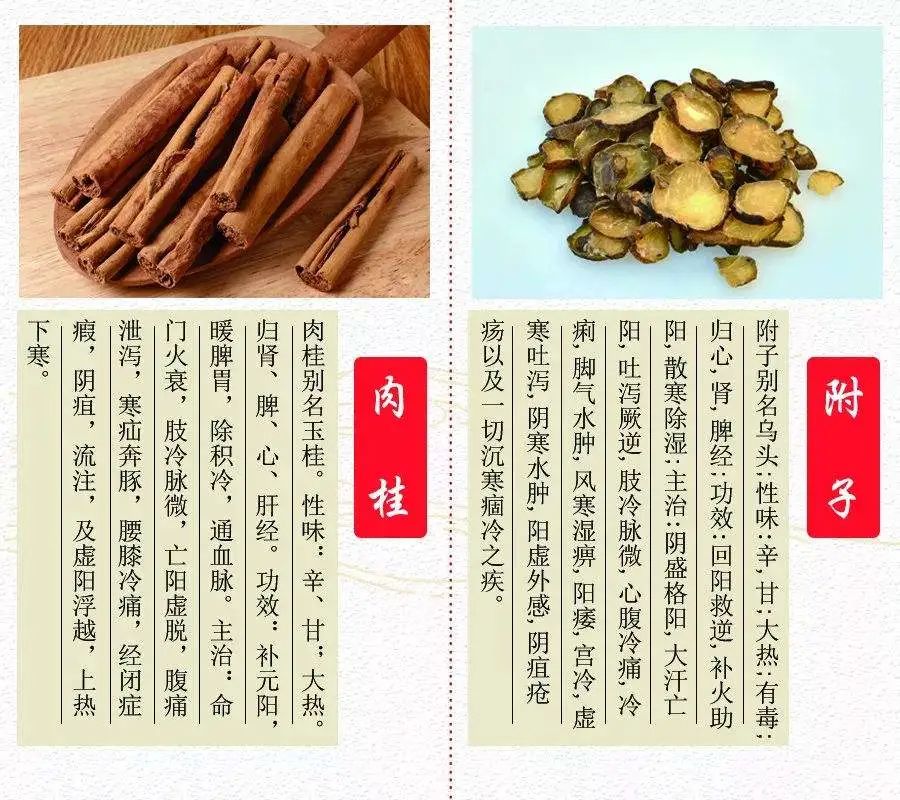 Contraindications: Not suitable for those with yin deficiency and excess fire, internal heat, blood heat causing bleeding, and pregnant women. Avoid using with red stone fat.Formulation References:For reference only ① For sudden heart pain, also for chronic heart disease with periodic attacks: Cinnamon and Angelica, each 30 grams, Gardenia 14 pieces. Crush into powder, take 1 gram with wine, three to five times a day. (From Zhihou Fang) ② For treating breast abscess: Cinnamon heart and licorice, each 0.6 grams, Aconite 0.3 grams (processed), crush into powder, mix with bitter wine, apply to the paper covering it, when it turns to water, it is effective. (From Zhihou Fang) ③ For postpartum residual blood pain with lumps: Cinnamon and turmeric, equal parts powdered, take 1 gram with wine, effective after blood is expelled. (From Jingxiao Chanbao) ④ For treating trauma and bruises with internal blood stasis: Cinnamon and Angelica, each 60 grams, Pollen 1 liter. Combine the three ingredients, filter, take 1 gram with wine, three times a day, and once at night. (From Qianjin Yaofang) ⑤ For treating foul-smelling leucorrhea, sadness, and cold: Huangbai (for reference), Zhimu each 1.5 grams, Cinnamon 3 grams, Aconite 9 grams. Boil two cups of water until one cup remains. Remove the dregs and take it warm away from meals. (From Lanshi Secret Collection Gui Fu Decoction)Reminder: The uses of cinnamon are quite extensive, but its clinical application is not particularly common. Therefore, if you wish to use cinnamon, it is advisable to do so under the guidance of a physician to avoid blind use, as it is a medicine that can have toxic effects.
Contraindications: Not suitable for those with yin deficiency and excess fire, internal heat, blood heat causing bleeding, and pregnant women. Avoid using with red stone fat.Formulation References:For reference only ① For sudden heart pain, also for chronic heart disease with periodic attacks: Cinnamon and Angelica, each 30 grams, Gardenia 14 pieces. Crush into powder, take 1 gram with wine, three to five times a day. (From Zhihou Fang) ② For treating breast abscess: Cinnamon heart and licorice, each 0.6 grams, Aconite 0.3 grams (processed), crush into powder, mix with bitter wine, apply to the paper covering it, when it turns to water, it is effective. (From Zhihou Fang) ③ For postpartum residual blood pain with lumps: Cinnamon and turmeric, equal parts powdered, take 1 gram with wine, effective after blood is expelled. (From Jingxiao Chanbao) ④ For treating trauma and bruises with internal blood stasis: Cinnamon and Angelica, each 60 grams, Pollen 1 liter. Combine the three ingredients, filter, take 1 gram with wine, three times a day, and once at night. (From Qianjin Yaofang) ⑤ For treating foul-smelling leucorrhea, sadness, and cold: Huangbai (for reference), Zhimu each 1.5 grams, Cinnamon 3 grams, Aconite 9 grams. Boil two cups of water until one cup remains. Remove the dregs and take it warm away from meals. (From Lanshi Secret Collection Gui Fu Decoction)Reminder: The uses of cinnamon are quite extensive, but its clinical application is not particularly common. Therefore, if you wish to use cinnamon, it is advisable to do so under the guidance of a physician to avoid blind use, as it is a medicine that can have toxic effects.
| =====PreviousClassic======Chinese Medicine – The Efficacy and Functions of Chicken Inner GoldChinese Medicine – The Efficacy and Functions of Stone CalamusWhy is Pianzaihuang so expensive, and what are its effects?Can Angelica and Astragalus remove spots? How long does it take?Six benefits and five contraindications of drinking Western ginseng tea, recommended to read before drinkingLife Guide – Beware of Acute Myocardial Infarction, Knowledge You Need to MasterThe effects, functions, selection, and correct consumption of honey, this article is sufficientCommon Trauma First Aid Techniques for Hemostasis and Bandaging, skills you should know |
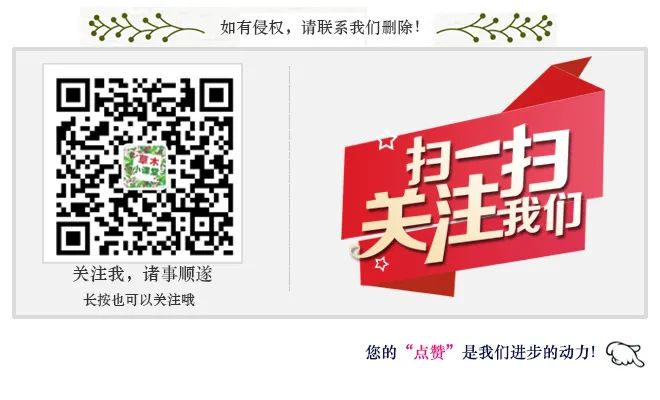
Note: Please do not use medication without professional guidance; follow medical advice.

